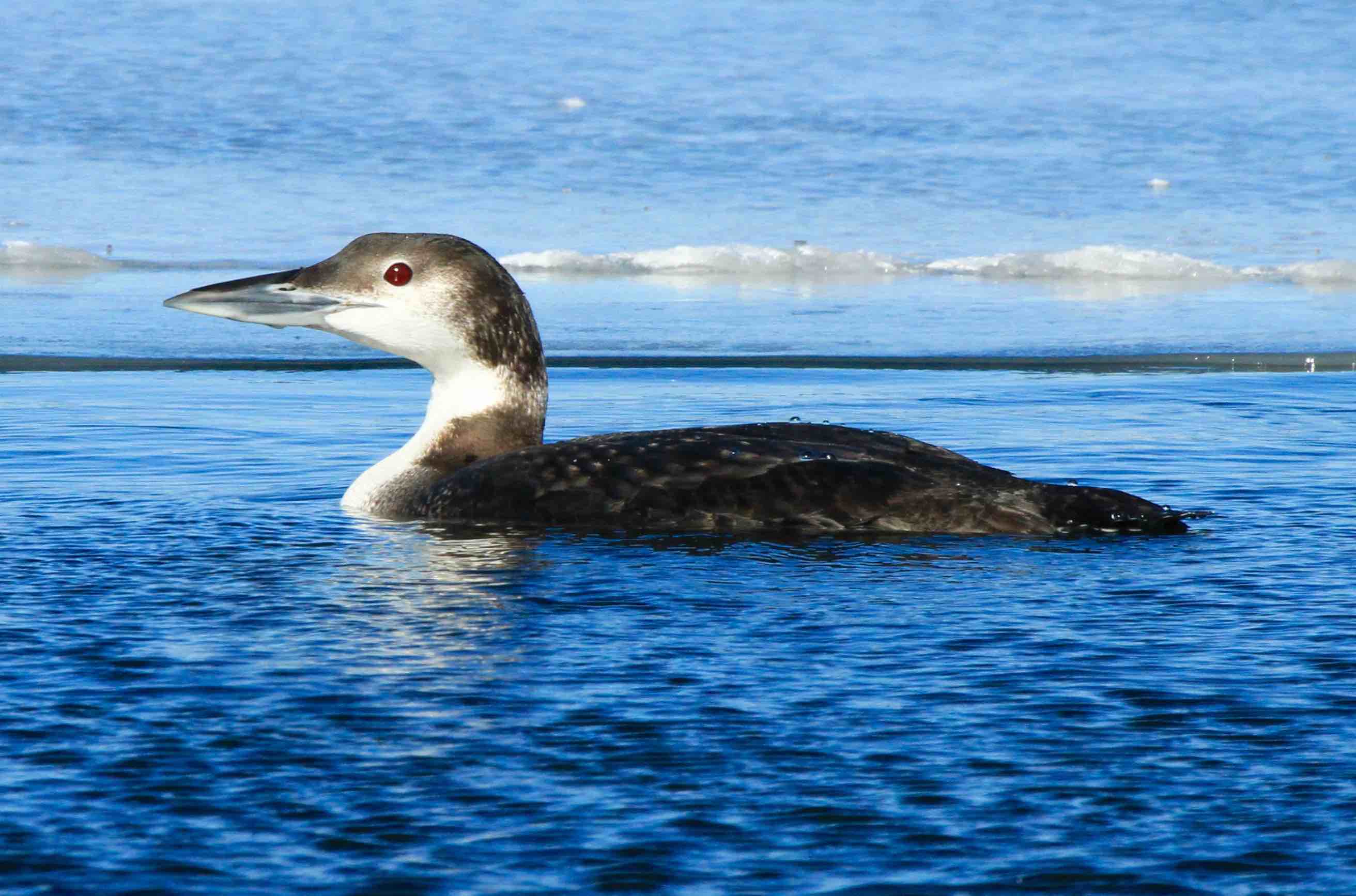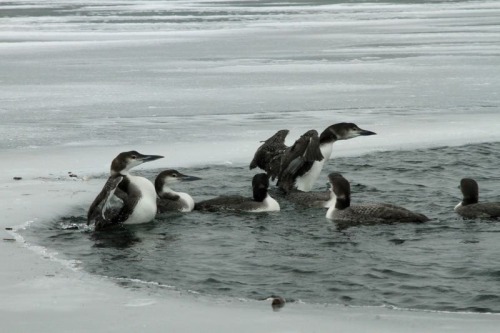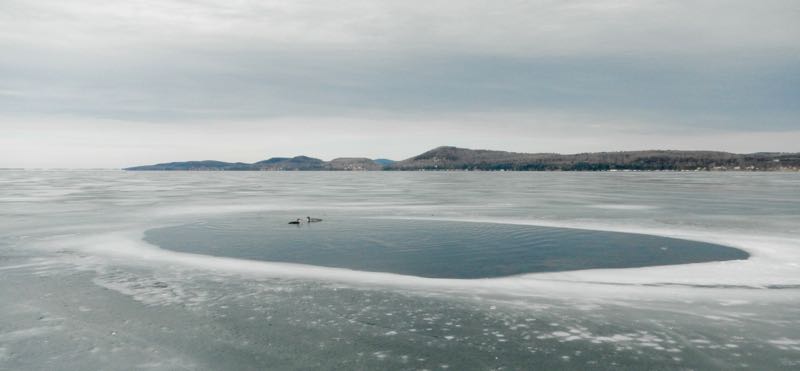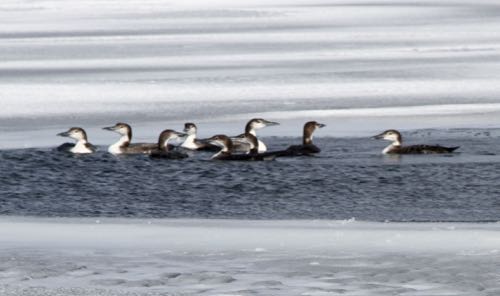Climate Change
 Tuesday, May 3, 2016 at 09:46AM
Tuesday, May 3, 2016 at 09:46AM A strong el Nino and a warmer world resulted in a very short ice season. It did not start until Early January and it ended in Early March...two months compaired to a more typical 3-1/2 to 4 months. Short as it was, we had decent skating ice for almost the whole time. A combination of relatively little snow and fluxuating temperatures that melted what little snow did fall kept us from being snowed out for more than a few days at a time.
The warmer world is concerning. Much of Lake Champlain did not freeze this season. As things continue to get warmer we will have less ice and it is likely to be, overall, more dodgy. On the grand scale the outcomes for the world and its inhabitants is looking grim in the medium to long term unless we humans really get serious about understanding climate change and taking action.
If you are not fully up to speed on climate change I suggest reading the New York Times article Short Answers to Hard Questions about Climate Change. It gives a concise overview of the problem, the likely outcomes and what we can do about it.
Bob




